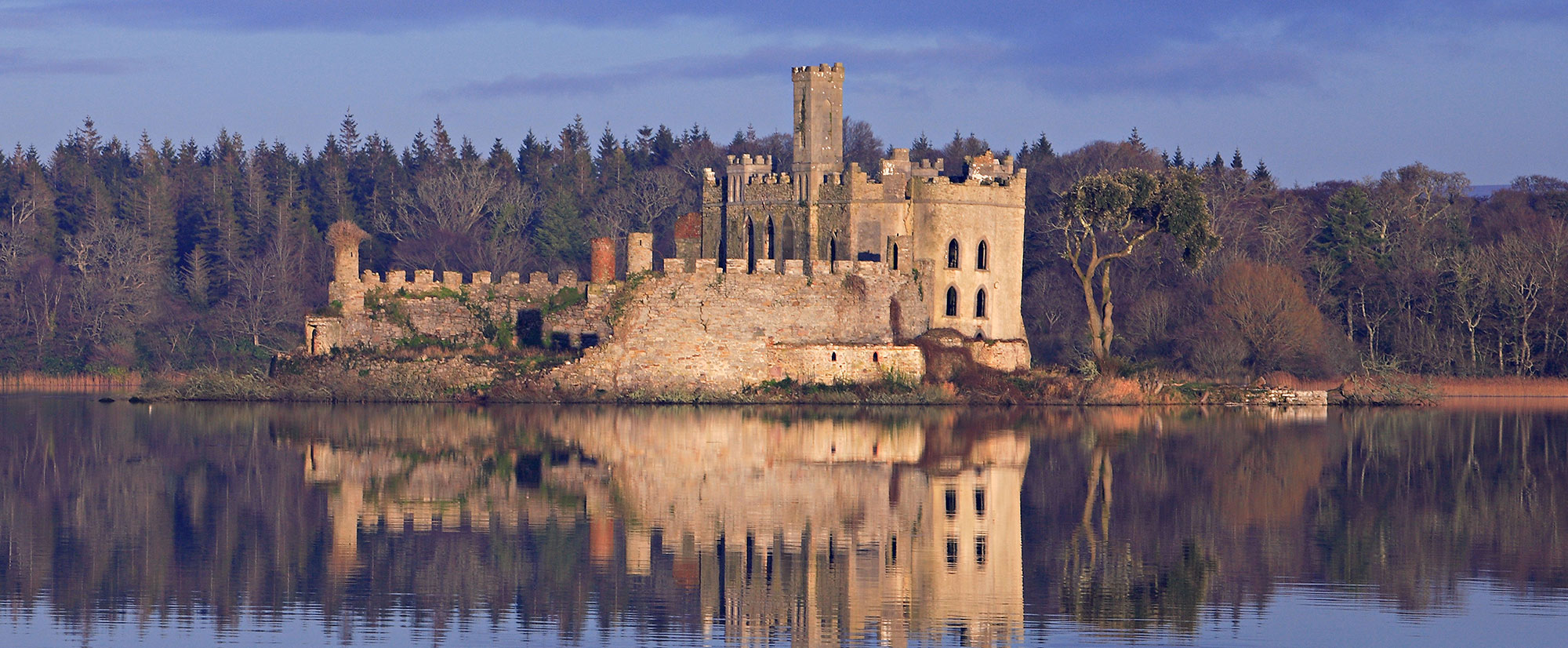PROVIDENCE, RHODE ISLAND—According to a UPI report, a team of researchers including Stephen McGarvey of Brown University analyzed the genomes of some 1,200 people living on the Pacific island of Samoa in an effort to reconstruct the island's population history. They found that there were between 700 and 3,400 individuals living on the island from about 3,000 to 1,000 years ago, when the population grew to about 10,000 individuals. The population then declined after the arrival of Europeans in the eighteenth century, and only began to increase again around 150 years ago. The study also indicates that modern Samoans are descended from the aboriginal peoples of Taiwan, the islands of Southeast Asia, coastal New Guinea, and other Oceanic islands. McGarvey and his colleagues think the small size of Samoa’s founding population, when combined with the process of natural selection in the new environment, may have increased the frequency of genes in today’s population that are associated with risk factors for cardiac and metabolic diseases. For more on the peopling of Pacific islands, go to "Letter from Hawaii: Inside Kauai's Past."
Genome Analysis Estimates Size of Samoa’s Early Population
News April 15, 2020
SHARE:
Recommended Articles
Digs & Discoveries July/August 2022
The Great Maize Migration
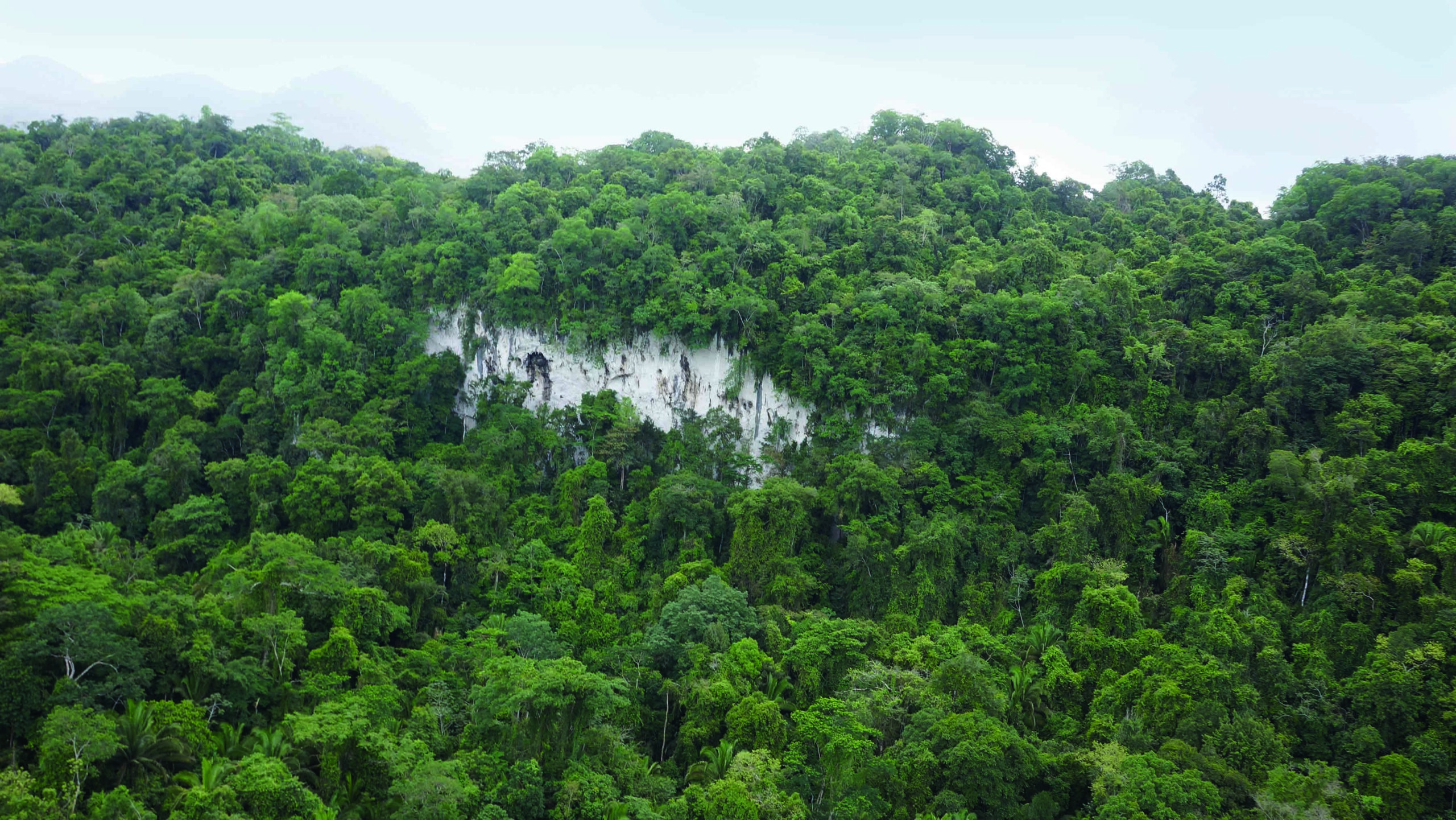
(Keith M. Prufer)
Digs & Discoveries January/February 2022
Japan's Genetic History
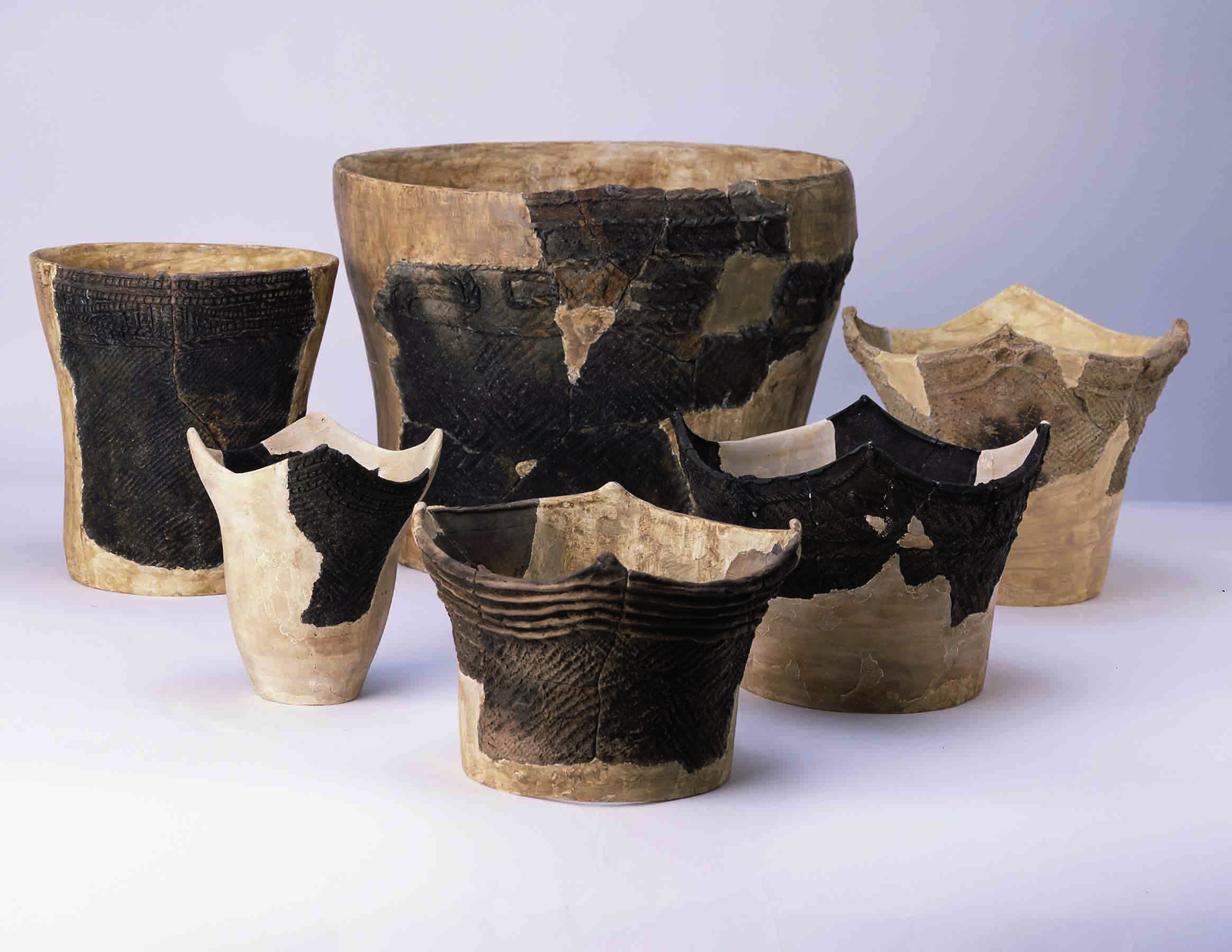
(Shigeki Nakagome, Assistant Professor in Psychiatry, School of Medicine, Trinity College Dublin)
Digs & Discoveries November/December 2016
Coast over Corridor
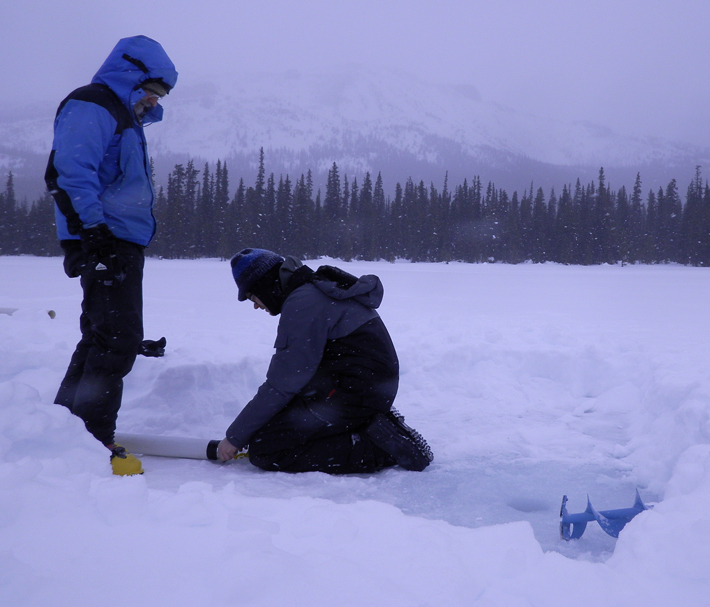
(Courtesy Mikkel Winther Pedersen, Centre for GeoGenetics, Natural History Museum of Denmark, University of Copenhagen)
Off the Grid November/December 2025
Bighorn Medicine Wheel, Wyoming
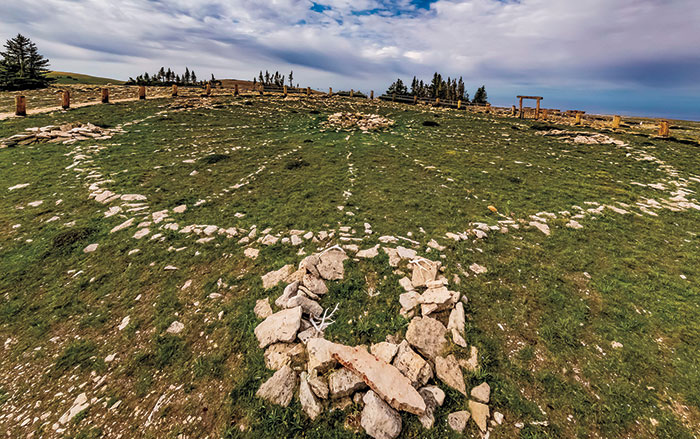
Lee Rentz/Alamy
-
Features March/April 2020
Remembering the Shark Hunters
Unique burials show how ancient Peruvians celebrated dangerous deep-sea expeditions
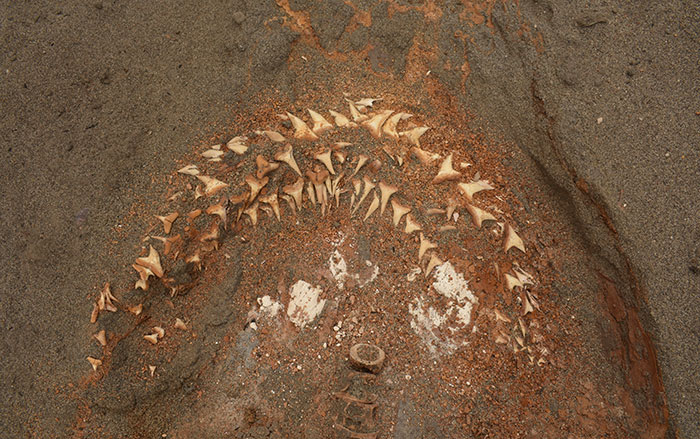 (Courtesy Gabriel Prieto)
(Courtesy Gabriel Prieto) -
Letter from the Four Corners March/April 2020
In Search of Prehistoric Potatoes
Native peoples of the American Southwest dined on a little-known spud at least 10,000 years ago
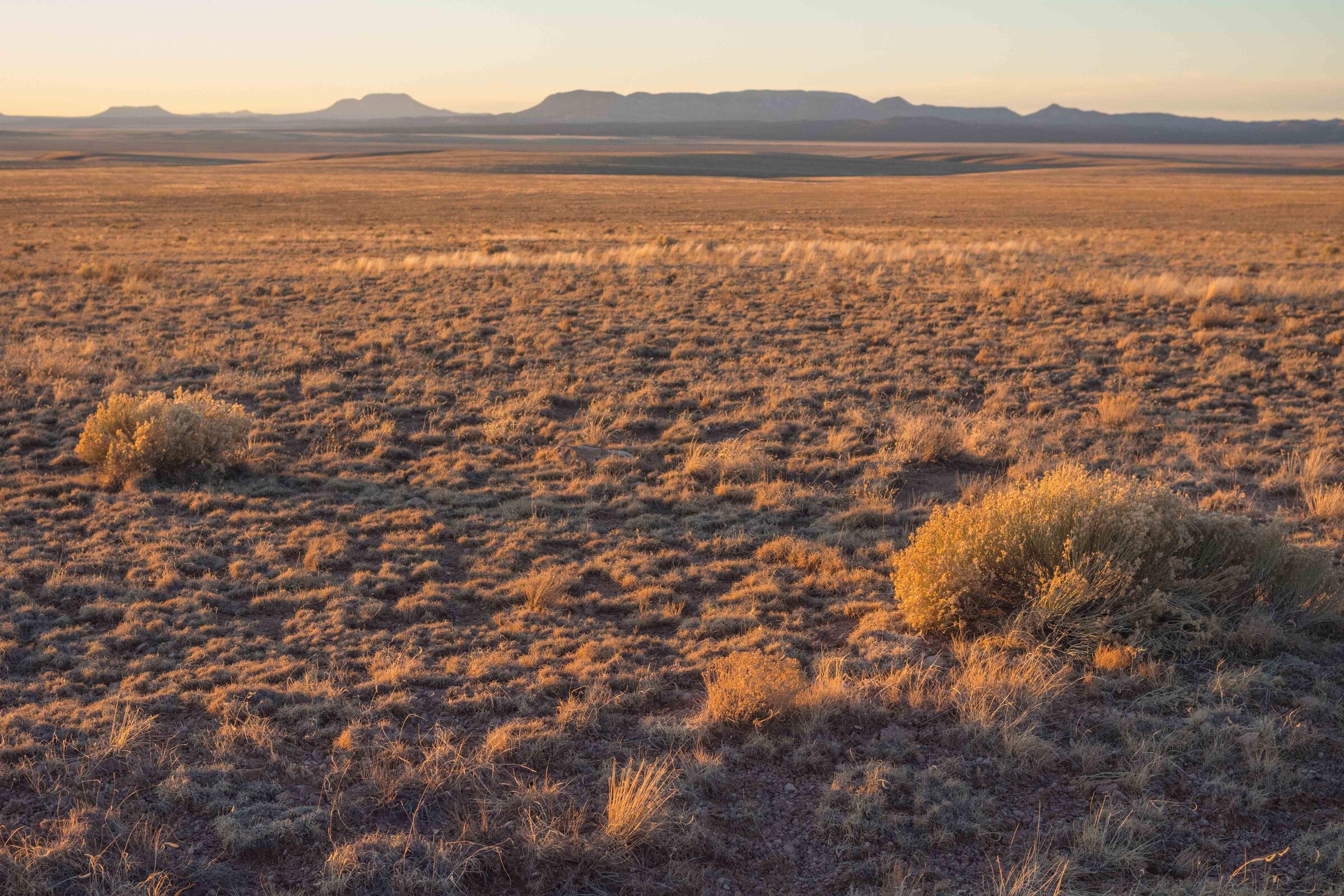 (©2020/Jerry Redfern)
(©2020/Jerry Redfern) -
Artifacts March/April 2020
Gravettian "Venus" Figure
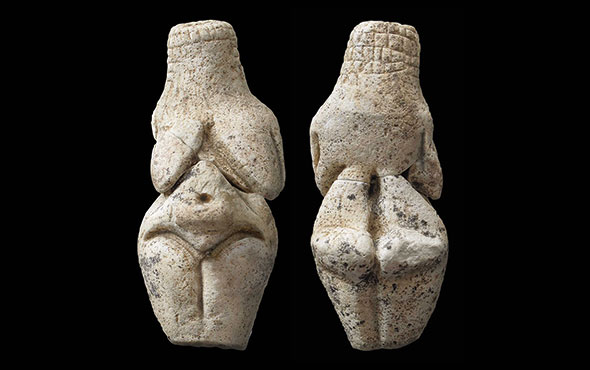 (Courtesy INRAP)
(Courtesy INRAP) -
Digs & Discoveries March/April 2020
Ancient Academia
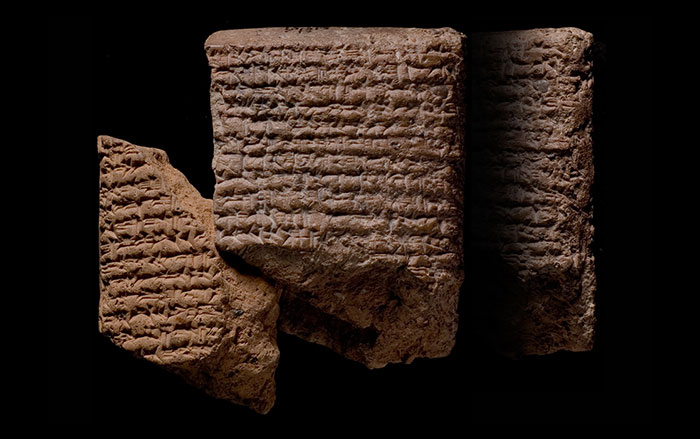 (© The Trustees of the British Museum)
(© The Trustees of the British Museum)


